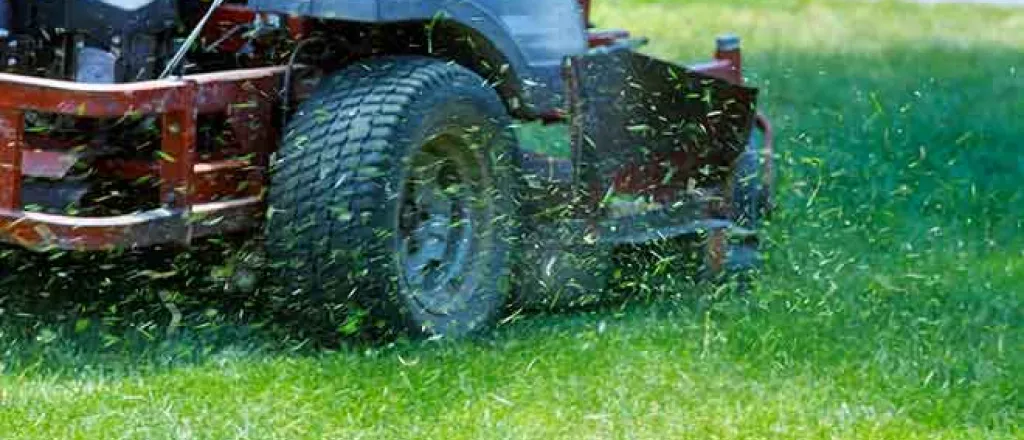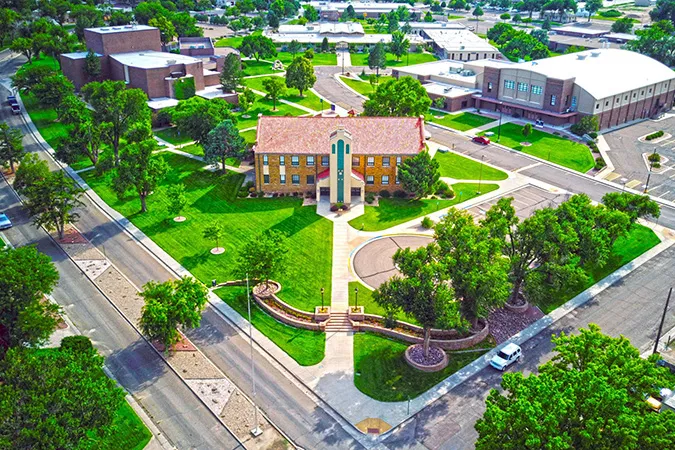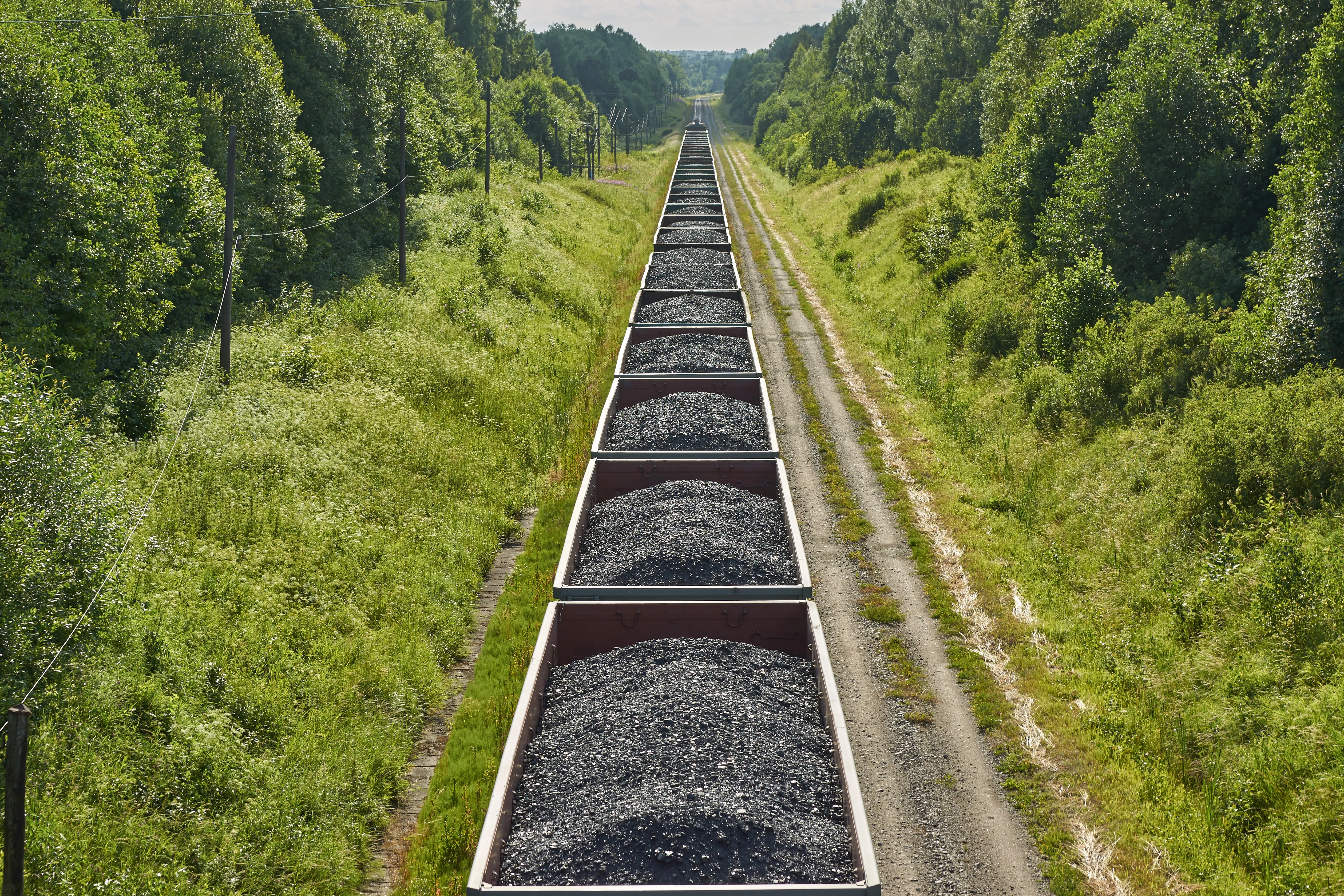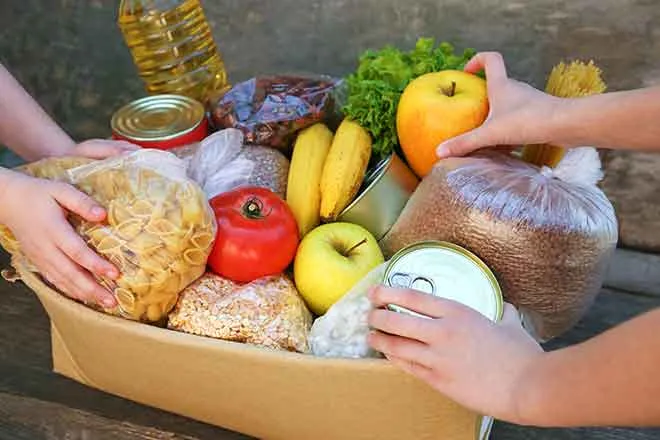
Tips for composting yard waste and other organic materials
Soils in the southeast area of Colorado are many times low organic matter. Organic matter turns the color of the soil from beige to brown or black. Soil organic matter or organic matter has many benefits which include better water infiltration which in turn keeps water from running off and keeps more moisture in the soil. Nutrients, such nitrogen, phosphorus, potassium, calcium, and magnesium, stay in the soil and are readily available to your trees, bushes, and vegetables. Soil organic matter also accelerates decomposition of dead plants and plant parts, provides food for microorganisms, and enhances microbial diversity and activity. A large diversity of microorganisms helps with decay and nutrient cycling. Nutrient cycling means that the afore mentioned nutrients will become available to your trees, bushes, and vegetables.
A good way to increase soil organic matter is to make compost organic material many of us send to the landfill. Compost is a nutrient-rich, soil-like material comprised of decomposing and decomposed organic matter. You can make a compost pile from grass clippings, pruned branches, leaves, rotten vegetables or vegetable scraps, coffee grounds, eggshells, flower plant parts, straw, and dead plants from the garden and start a compost pile. When using branches make sure they are not bigger than 1/4 inch in diameter. You can run them through a chipper or shredder. Some animal products that can be used as organic sources of nitrogen include blood and steamed bone meal and livestock manures from plant-eating animals (e.g. cows, sheep, rabbits and chickens). Manure should be aged between 6 to 9 months before being used as soil additive. It is not recommended to use animal wastes (meat, bones, grease, whole eggs, dairy products) or human, cat or dog feces, in your compost pile. Such things may cause odors, attract rodents or transmit diseases. Avoid wood and leaves from highly resinous plants such as junipers, pine, spruce and arborvitae, and high tannin-containing leaves (oak, cottonwood) which will impede decomposition. You also want to avoid plants treated with weed killers.
A good place to start your compost pile is in partial shady area which is also protected from wind. The minimum size for a compost pile is roughly 3 feet x3 feet x 3 feet. Some people prefer to have a box like structure for the compost pile, but this is not necessary. A 3-chamber bin system is best, since you can have compost piles in different stages of decomposition. For small spaces you can also use plastic composters which are available through garden centers and online. The main ingredients for the successful breakdown are brown material (leaves, chipped branches, straw etc), green material (fresh grass, weeds, fresh manure, kitchen scraps) that is high in nitrogen or nitrogen fertilizer, water, and air. Woody and dried plant materials tend to contain little nitrogen, while green plant material tend to be high in nitrogen. Depending on the mixture in your compost you want to add some fertilizer high in nitrogen at the time you establish your compost pile. To start your pile alternate layers of brown and green materials. Use a mix of moderate-sized plant pieces up to 1 1/2 inches to keep air flowing through your compost pile.
The breakdown of a compost pile is a biological process facilitated by microorganisms. These microbes require favorable temperatures, moisture, oxygen, and nutrients. Well-managed compost piles can break down rapidly and lose about half to ¾ of its original volume. The compost pile should reach temperatures 120 to 160 degrees Fahrenheit to kill weed seeds and diseases. Check the temperature once a week with a probe thermometer, which looks like a meat thermometer but with a much larger probe. Add water regularly to keep your compost pile moist or damp but not soggy. When the temperature in the center cools, it is time to turn the pile by integrating the outside layers into the center. To tell if the compost pile is ready look for significantly reduced volume, unrecognizable of originally added materials, darker color, a crumbly texture, and an earthy smell.
For more information, contact your local Extension Office: Baca County 719-523-6971, Bent County 719-456-0764, Cheyenne County 719-767-5716, Crowley County 719-267-5243, Kiowa County 719-438-5321, Otero County 719-254-7608, Prowers County 719-336-7734 or find us on the web at: https://extension.colostate.edu/
















